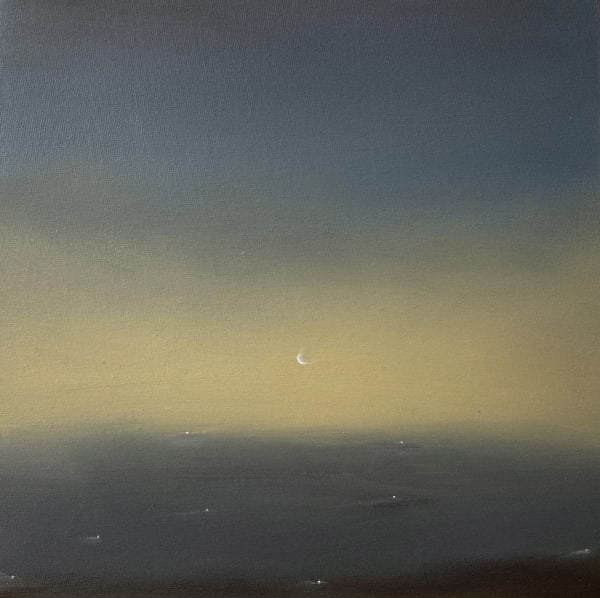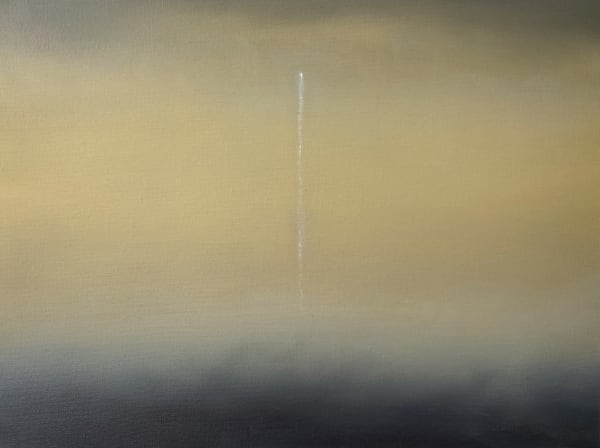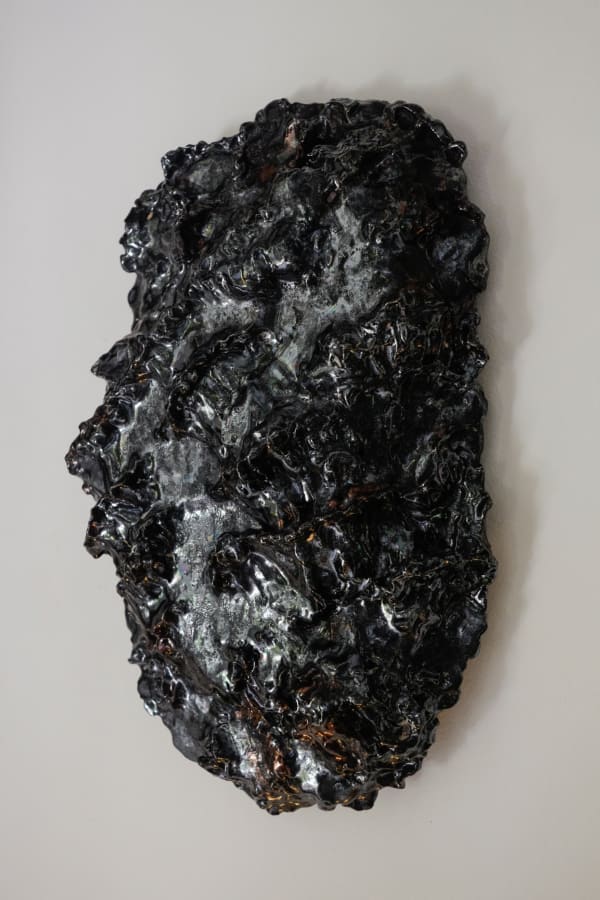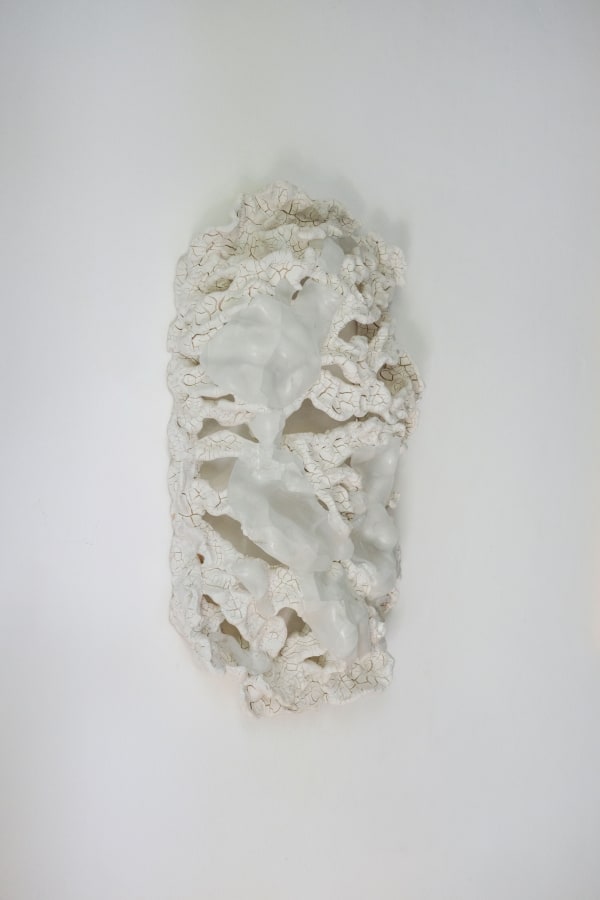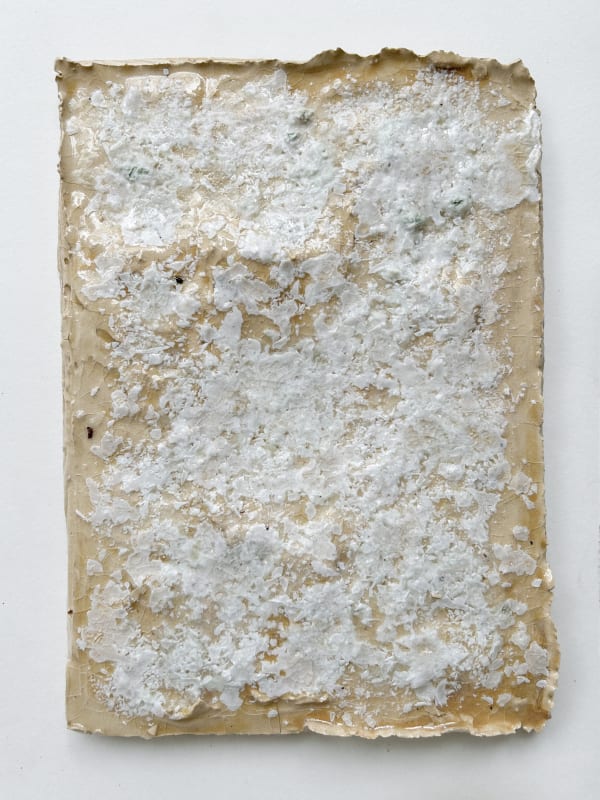OPENING
Saturday, May 10, 2025, 11am-4pm
EXHIBITION PERIOD
May 10 - June 14, 2025
CURATOR Jacopo Crivelli Visconti
Read the curatorial text here
ROOM 1
Rua Jerônimo da Veiga, 131 - Itaim Bibi, São Paulo
VISITING HOURS
Mon - Fri, 10:30am - 7pm / Sat, 11am - 4pm
Tel: +55 11 3079-0853
In a sensitive and silent dialog, the works of Ana Sant'Anna and Anália Moraes find themselves in a tenuous territory between what is preserved and what is transformed. Their artistic gestures, although different, stem from the same essential impulse: intimate contemplation of the natural world and attentive listening to time in its most subtle forms.
For Ana Sant'Anna, painting is a gesture of suspending time. Her canvases evoke the delicacy of ephemerality, the foam of a wave, the appearance of a star, the residue of a landscape at dusk. Her painting, precise and silent like the handwriting in her notebooks, is a poetic attempt to stop time, like someone who walks to the beach just to see the sea.
In Anália Moraes' ceramics, time is both matter and process. Her pieces go through states, from solid to liquid, from mineral to glaze, in chemical transformations that resonate with the incessant movement of the tides. His materials, collected from beaches and rivers, seem to carry the geological memory of the world, but also something ephemeral, like glass that dissolves.
According to the exhibition's curator, Jacopo Crivelli Visconti, what unites these two practices is less a formal affinity and more a shared vibration, a way of being in the world. A keen eye for something between definitions, of state, of time. “This exhibition is a bit like that: a hiatus, suspended time, and at the same time the incessant flow of time.”
About the artists
Ana Sant'Anna (1992, Salvador, BA), born and living in Salvador - Bahia, has a degree in Museology from the Federal University of Bahia (UFBA) and a Master's degree in Communication and Semiotics from PUC/SP.
The artist works with multiple languages and her research is crossed by the concepts of transience, luminosity, time and memory, transforming her intimate connection with nature into poetic raw material. Her practice begins with walking: repeated routes awaken the gaze and perception of the subtle phenomena of the environment, activating an expanded listening to the visible and the invisible. Along the way, she collects stones, twigs, shells and leaves - small traces of the landscape - and writes, both along the way and in the studio, as if trying to keep what, by its very nature, escapes her. These initial gestures open up space for images and atmospheres to reveal themselves intuitively, guided more by sensory memory than by any attempt at reproduction. Between landscapes and abstractions, his works establish a silent dialog between the external world and the imaginary, condensing impermanence into forms that touch the unspeakable.
Anália Moraes (1994, São Paulo, SP) lives and works in Ilhabela, Brazil
Her practice explores the intersections between nature and artifice through a multidisciplinary approach incorporating sculpture, photography and installation to investigate aquatic ecosystems, geological formations and human-altered environments.
Moraes' work is characterized by a fascination with the interplay between the organic and the synthetic, and by combining materials such as clay, recycled glass, resins and silicone, she creates abstract configurations that invite viewers to contemplate the metaphysical relationships between materials and the ways in which they can evoke associative thought. Through her explorations, Moraes aims to raise questions about the interconnectedness and delicate balance between human activity and the natural world.
-
 Ana Sant'Anna, Póstero, 2025
Ana Sant'Anna, Póstero, 2025 -
 Anália Moraes, Paisagem Sensível, 2025
Anália Moraes, Paisagem Sensível, 2025 -
 Ana Sant'Anna, Morada, 2025
Ana Sant'Anna, Morada, 2025 -
 Ana Sant'Anna, Encruzilhada, 2025
Ana Sant'Anna, Encruzilhada, 2025 -
 Ana Sant'Anna, Retidão, 2025
Ana Sant'Anna, Retidão, 2025 -
 Anália Moraes, Escudo, 2024
Anália Moraes, Escudo, 2024 -
 Anália Moraes, Costela n.11, 2024
Anália Moraes, Costela n.11, 2024 -
 Anália Moraes, Eco celular, 2024
Anália Moraes, Eco celular, 2024 -
 Anália Moraes, Paisagem sensível V, 2023
Anália Moraes, Paisagem sensível V, 2023 -
 Anália Moraes, Paisagem sensível VII, 2023
Anália Moraes, Paisagem sensível VII, 2023 -
 Anália Moraes, Água Dura n.3, 2023
Anália Moraes, Água Dura n.3, 2023




























